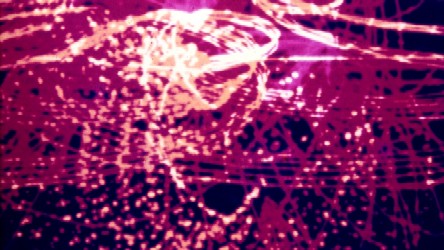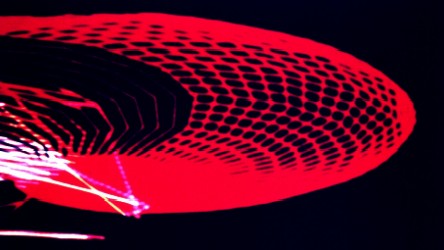

1. Optical Algorithms
Perspective, Rotation, Window/clipping, Hidden line processing, surface texture, Illumination, Transparency, Shadows, Reflections, Atmospheric effects.
2. Genetic Mechanisms, DNA Reading and Interpretation
DNA/RNA structural indexing, Stem cell activation and regulation, Cellular differentiation, Telomere regulation of growth and aging, Immortal cellular controls, Evolutionary operations, Gene data to explore and extend the limits of life, Multi-species comparative DNA data and analysis tools.
3. Environmental Mechanisms and Algorithms
4. Human Dynamics
The algorithmic and parametric accounting of human needs, motivations, knowledge, approaches, energy, relationships, influences, aggression, destructive impacts, overt violence, reproduction, social institutions, continuity, consciousness, dreams, evolution, personal interactions, stories, scripts, movies, simulations, facial, anatomical and vocal interactions.
5. Graphic Design Mechanisms
6. Cybernetic Integration and System Control Mechanisms
 Can an advanced 3-D interactive cybernetic system be efficiently created with
existing operating systems and sequential programming languages? Would the
cost or the labor needed to utilize existing systems exceed the cost of designing
a new approach to instructing computers? The evolution of working tools may
have
stalled with
sequential languages during the 1960's and now it is exceptionally labor intensive
to originate and modify complex systems, and exceptionally difficult to create
advanced capabilities that account for the multi-dimensional interactions that
we normally experience in our lives. Consequently the non-sequential modular
construction of 4-D process modules is described for interactive design, control
and simulations.
Can an advanced 3-D interactive cybernetic system be efficiently created with
existing operating systems and sequential programming languages? Would the
cost or the labor needed to utilize existing systems exceed the cost of designing
a new approach to instructing computers? The evolution of working tools may
have
stalled with
sequential languages during the 1960's and now it is exceptionally labor intensive
to originate and modify complex systems, and exceptionally difficult to create
advanced capabilities that account for the multi-dimensional interactions that
we normally experience in our lives. Consequently the non-sequential modular
construction of 4-D process modules is described for interactive design, control
and simulations.
![]() (Work
in progress) Hyperlinks to source programs are to be included above for the
algorithm index as they
have been developed or as such programs are been offered for open-source
contribution.
Open-source
programs may be contributed, utilized and improved by any individual
or group,
only on the basis of providing all improvements here and at any other commonly
acceptable repository, as open-source code which fully explains all methods
used in clear terms
as comments throughout the program as well as any unusual or non-obvious
coding techniques used on a line by line basis; in order to be considerate
of the efforts of any other participant who may have no other source of information
or assistance.
(Work
in progress) Hyperlinks to source programs are to be included above for the
algorithm index as they
have been developed or as such programs are been offered for open-source
contribution.
Open-source
programs may be contributed, utilized and improved by any individual
or group,
only on the basis of providing all improvements here and at any other commonly
acceptable repository, as open-source code which fully explains all methods
used in clear terms
as comments throughout the program as well as any unusual or non-obvious
coding techniques used on a line by line basis; in order to be considerate
of the efforts of any other participant who may have no other source of information
or assistance.
(js, Feburary 14, 2003)
Home Images History Notes Algorithms Presentations
E-mail: E-mail: info@cyberneticcinema.com, Web site: www.cyberneticcinema.com, © 2003 Cybernetic Cinema, updated Saturday, May 20, 2006 0:39 AM